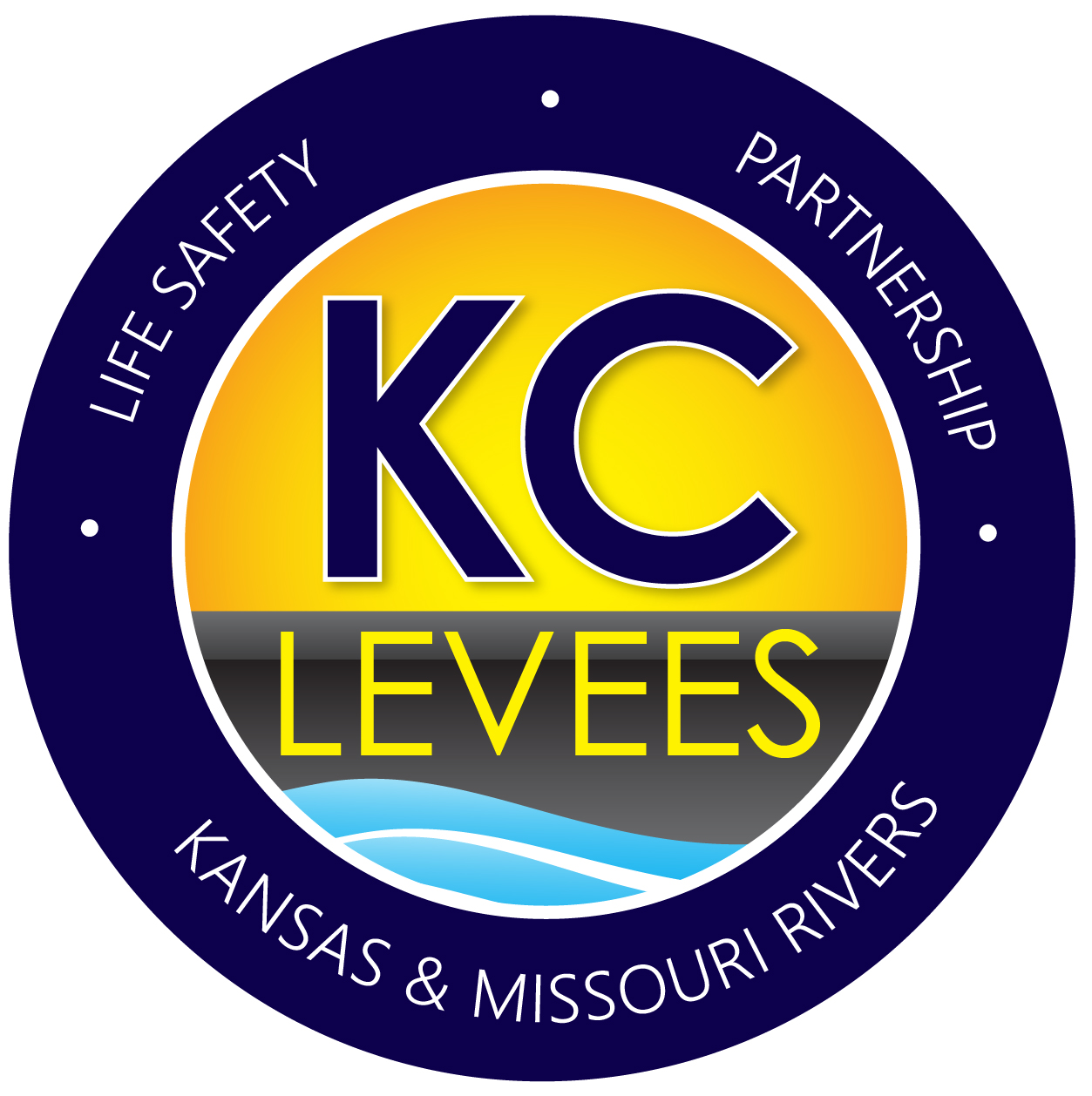 KANSAS CITYS LEVEES PROJECT
KANSAS CITYS LEVEES PROJECT
The Kansas Citys, Missouri and Kansas Levee project consists of seven levee units including 60 miles of levees and floodwalls along both banks of the Missouri and Kansas Rivers in the Kansas City Metropolitan area. The system protects 32 square miles of industrial, commercial and residential areas, and includes 100,000 jobs, 7,000 structures and $22B in investments. The area is vital to the national economy as a manufacturing, distribution, transportation and warehousing hub. Life safety is paramount to the U.S. Army Corps of Engineers. The purpose of this project is to ensure these levee systems perform during the next flood event. We also recognize the vitality of this area to local and national economies as a major manufacturing, distribution, transportation and warehousing hub.
The remaining Kansas City Levees project includes improvements to ~17 miles of existing levees and floodwalls along the Kansas River in Kansas City, Kan. and Kansas City, Mo. This collaborative effort between USACE, the Kaw Valley Drainage District, the Unified Government of Wyandotte County and Kansas City, Kansas, and the City of Kansas City, Missouri will reduce the risk of flooding, improve the reliability and resiliency of the systems, strengthen aging infrastructure and ensure the levees and floodwalls perform during future flood events. The improvements will consist of levee and floodwall raises, replacements and repairs to existing pump stations, improvements to aging infrastructure and seepage and stability improvements. Our goal is to complete the $529M project by 2026. This final phase will complete nearly 15 years of construction on the system. Improvements are complete for the Fairfax/Jersey Creek, North Kansas City and East Bottoms Units along the Missouri River.